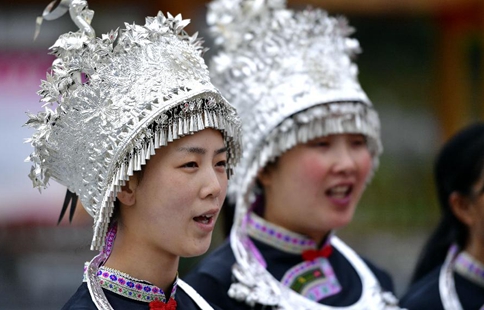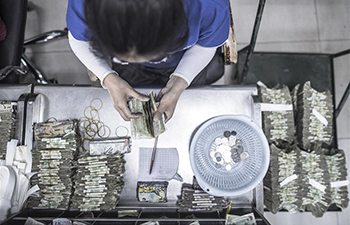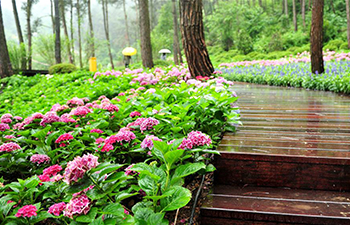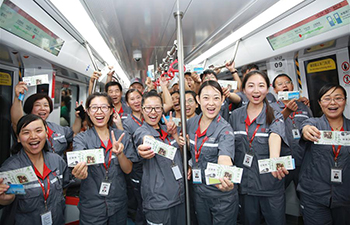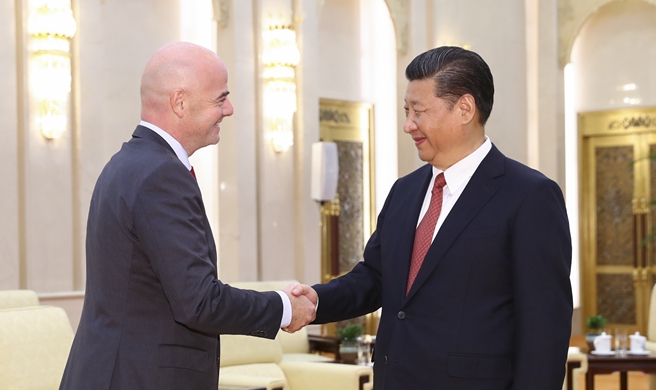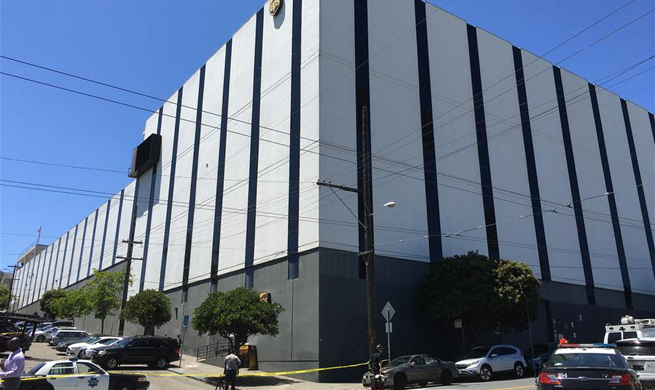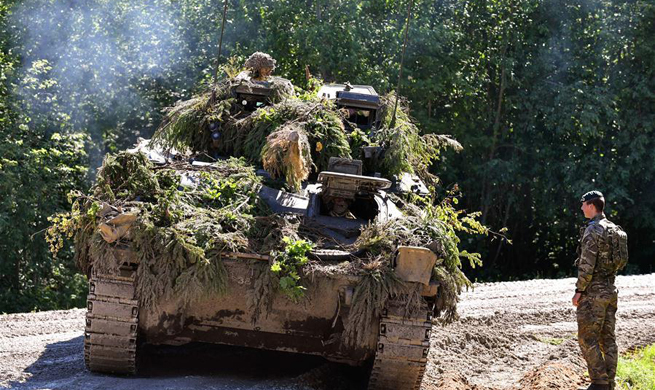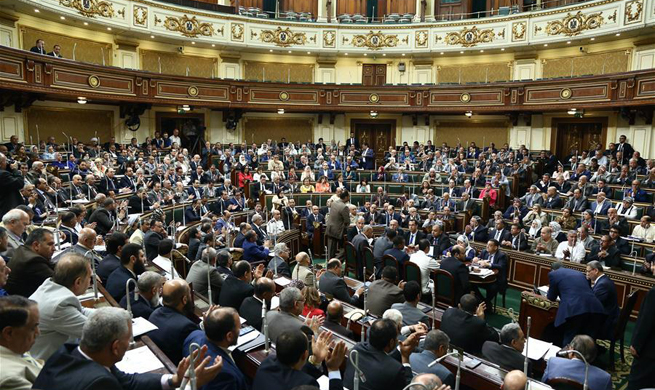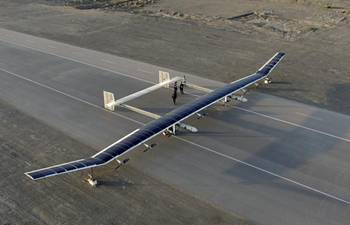TOKYO, June 15 (Xinhua) -- Japanese defense firms concluded a three-day arms show this week at which cutting edge, home-grown and overseas military technology was showcased to enhance and promote military ties that Prime Minister Shinzo Abe is hoping will help broaden access to southeast Asian markets.
The MAST Asia 2017, an international maritime defense trade show, held at the Makuhari Messe convention center in Chiba, just outside of Tokyo, was attended by hundreds of defense officials and industry leaders from around the world.
At the first conference held in 2015, Japanese firms showcased their technologies together rather than being viewed as stand alone arms makers, at a time controversies regarding arms exports were a buzz in the wake of Abe lifting a decades-old ban on military exports a year earlier.
This year, around 16 Japanese firms exhibited independently in the cavernous venue, including Mitsubishi Heavy Industries, Japan's biggest arms producer, known to make everything from next-generation battle tanks to air-to-ship and surface-to-ship missiles, Kawasaki Heavy Industries, which produces the sub-hunting P-1 patrol plane, and ShinMaywa Industries, which builds the US-2 amphibious plane.
Overseas exhibits included Lockheed Martin Corp.'s F-35 stealth fighter, pegged to be Japan's next mainstay fighter, making a timely addition following Japan's first domestically assembled F-35 fighter jet completing its maiden test flight on Tuesday.
Japan showcased the latest in Japanese guided-missile destroyer technology, amphibious assault vehicle concepts as well as the latest in radar tracking systems.
A separate seminar is scheduled to be held on Thursday by Japan's defense ministry, with the move purportedly aimed at solidifying Abe's push to increase arms sales to Southeast Asian countries.
"Japan's research and development of high-quality defense equipment contributes to the defense of Japan and elsewhere," claimed Hideaki Watanabe, head of the Defense Ministry's Acquisition Technology and Logistics Agency (ATLA).
But analysts pointed out that the move would possibly disturb Japan's close neighbors, already vexed at Japan for its ever-shifting security paradigm and seeming willingness to expedite a potentially dangerous regional arms race.
Experts said Japan's security direction remains largely unknown in the run up to a possible amendment to its war-renouncing constitution.
They added that many Asian countries also still have bitter memories of Japan's wartime aggression and, as such, Japan's ardent push to broaden its access to southeast Asian military markets and reciprocal military relationships therein should not be without checks and balances.
ATLA is planning to potentially permit entities headed by foreign nationals to apply for subsidies from Japan for defense technology research in a bid to potentially further its acquisition of next-generation military technologies from overseas.
But experts on the matter have voiced caution.
"How far is the government going to go in mimicking the United States?" said Satoru Ikeuchi, a professor emeritus at Nagoya University.
"I think the move is dangerous as it's part of the movement to promote Japanese Self-Defense Forces' integration with the forces of allies in the name of the right to engage in collective self-defense, with joint development of defense equipment in mind," the expert said.




